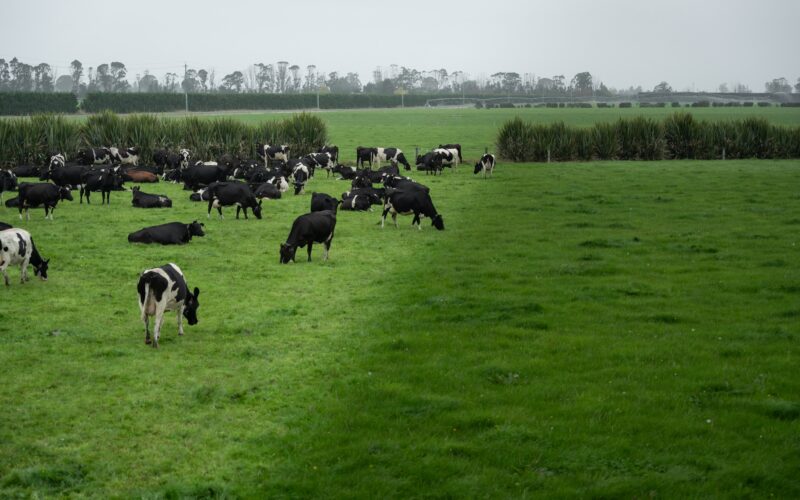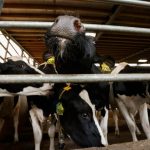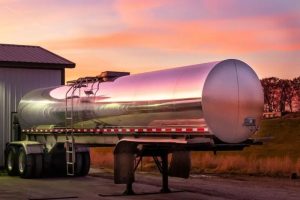
More R&D investment needed to revive sector, says AgFirst director.
New Zealand’s primary sector is in a “productivity funk”, AgFirst director James Allen says.
“We’re ticking along, but we’re not doing as well as we could,” he told about 100 farmers and rural professionals at the consultancy’s annual Financial Survey release at Mystery Creek.
At first glance, one might think productivity in the primary sector looks great, he said, judging by the latest SOPI report, which says it is second behind information media and telecommunications.
But that is hiding a few things, Allen said.
It has flatlined in recent years and while the sector is getting more productive, it is doing so at a slower rate.
This is in contrast to the past, when farming made huge gains on the back of innovation and technology such as nitrogen fertiliser and rotational grazing.
While dairy farm profit from productivity gains is lifting, that rise is minimal.
Similarly, while sheep and beef have made terrific gains over the past few decades around lambing percentages and lamb weights, over the past decade this has flatlined.
“We have made some gains but when you’re honest and look at what’s going on in the last decade, it’s not as good as what we would like it to be.”
Allen has just completed a Nuffield Scholarship. His subject evolved from Redesigning Excellence in Agribusiness Consultancy to looking at productivity in the agricultural sector and how it can be increased.
With New Zealand farmers being mostly commodity producers, the challenge in getting ahead means either producing more or being more efficient while trying to avoid a financial deficit.
During his Nuffield travels he saw that more smart, qualified farmers are coming through and becoming more adept at using data. Having a good internet connection is also critical, he said.
He also observed how fast technology is changing societies. It took Netflix three and a half years to get to 1 million users. It took Chat GPT five days to reach that milestone.
“Out rate of adoption is changing drastically.”
This type of technology is starting to make a mark on the farm. Beyer has created Climate Field View, which is used in numerous countries overseas. This examines weather, soil and field data to help farmers determine potential yield-limiting factors in their fields on crops such as maize.
In New Zealand there are companies such as Halter with its wearable technology and mapping technology that shows where cows are grazing on each paddock and what parts are being left.
For hill country sheep and beef farmers, the value proposition of that technology could be transformational.
“Yes, it’s more complex, but if we use that as an excuse, we’re going to go nowhere. We use those systems to unlock that complexity.”
Another is Aimer that uses AI to help farmers manage their farms.
Companies are also changing. Ballance Agri-Nutrients is putting considerable investment in technology such as geo-spacial mapping and AI.
Allen said the technology could eventually evolve into the AI farm. It is not far-fetched, with some farms in the Netherlands running as indoor systems where cows are milked by robots and feed is automatically harvested and delivered to the cows by tractors.
“You can’t tell me it’s not that much more of a leap to put a computer between those systems to optimise what is going on.”
At a national level, NZ’s track history in investing in R&D is well below the international average.
Allan said if he was in government, the areas he would focus on are unlocking the potential in pasture and livestock genomics. He would also focus on more irrigation.
“There’s a perception that irrigation equals more dairy which is bad for the environment. I refute that and we need to unlock that and work out how we can use water more efficiently to get better outcomes.”
Rural professionals need to understand and embrace what is going on or they risk becoming redundant, he said.
“Productivity has been static so how do we use this, not just because it’s a fancy whiz-bang, but to increase productivity?”
Rural professionals also have a role in helping farmers with making that transition as more technology comes on board, making sure it adds value, not cost.
Allen said he has seen examples where it does both.
“We have always had this triangle of farmers, advisory and R&D, and I would add that tech is part of the solution and how do we as a group work together to unlock those productivity challenges?”
You can now read the most important #news on #eDairyNews #Whatsapp channels!!!
🇺🇸 eDairy News INGLÊS: https://whatsapp.com/channel/0029VaKsjzGDTkJyIN6hcP1K

























